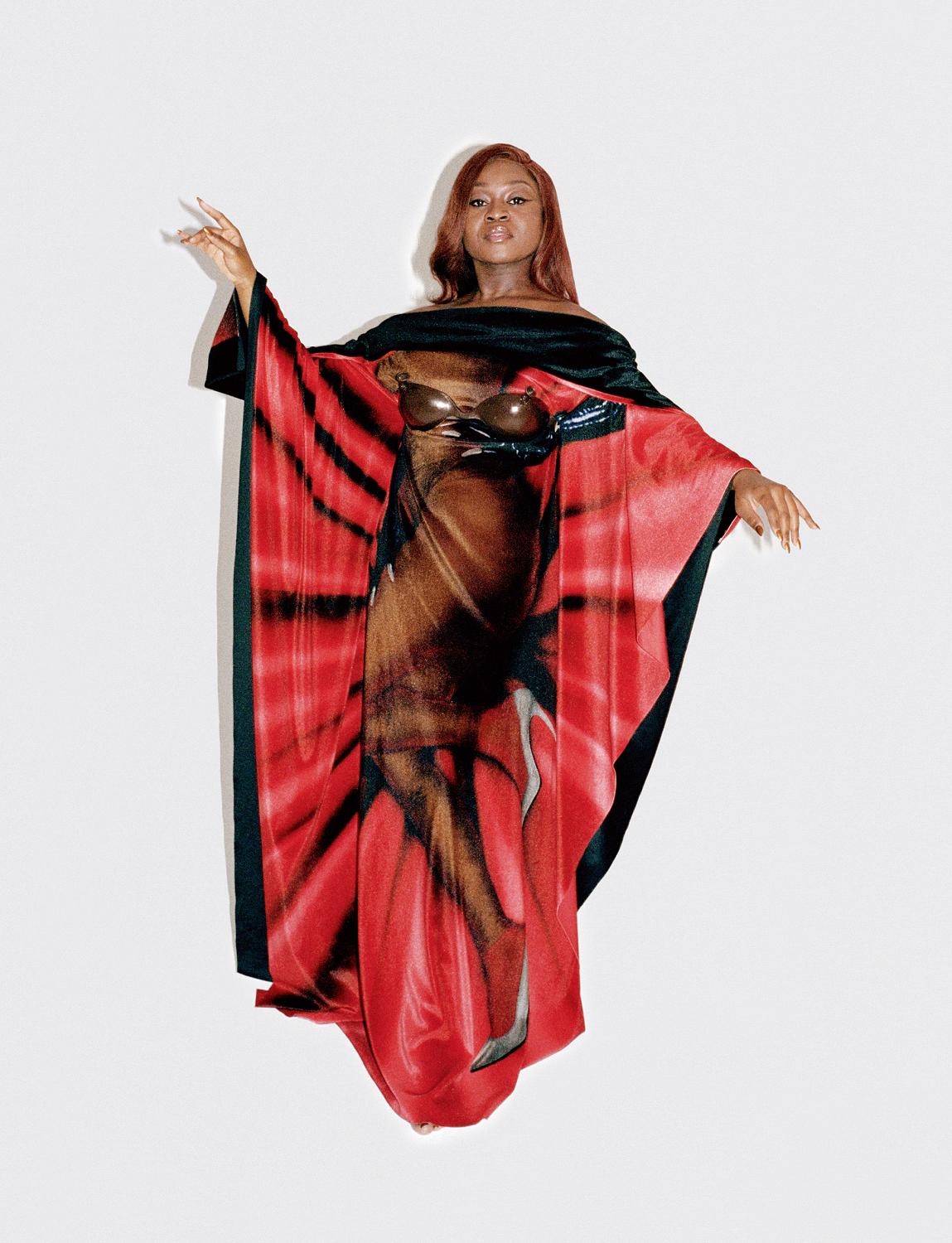Sampa the Great is not one for the clichés of hip-hop. Don’t confuse the self-aggrandising tag with braggadocio and bling; the 29-year-old poet and rapper from Zambia is on a more meaningful mission than shilling sneakers or NFTs. Sampa follows rap music’s grander tradition of empowerment and experimentation, leading a band of African musicians and producers to craft turbo-charged, foot-stomping grooves that have made it onto the esteemed playlists of Barack Obama and Ozark’s Ruth Langmore, no less. With the release of her new album, As Above, So Below, Sampa Tembo is ready to rise.
Seventeen days after I meet Sampa Tembo – the woman behind that brilliant, elevating stage name Sampa the Great – she is on the Park Stage at Glastonbury. Sampa has been a hugely successful hip-hop artist since 2015; her music contains elements of spoken word, soul, jazz, gospel and reggae. Her stomping anthem “Final Form”, from her breakthrough album, The Return, is still a staple on Radio 6 Music’s playlists despite having been released three years ago. She has toured with Kendrick Lamar and Joey Bada$$, was originally signed to the influential and visionary label Ninja Tune – which counts Thundercat and Bonobo in its stable – and has recently made the leap to Loma Vista, home to artists such as St Vincent and Iggy Pop. It’s been a busy seven years.
Sampa is debuting “Never Forget”, from her forthcoming album, As Above, So Below, and it presents a joltingly fresh sound, mixing the hard edges of kalindula and kwaito hip-hop and trap with the warm embrace of contemporary R&B and the shimmers of Zamrock, Zambia’s homegrown fusion of psychedelia and rock. As she takes to the stage, Sampa tells the crowd “I’m standing on this stage with the first Zambian band to perform at Coachella. The first Zambian band to perform at the Sydney Opera House. And the first Zambian band to perform at Glastonbury!”
It is a rainy lunchtime in Haggerston, east London. Sampa arrives an hour early at the studio where she is to be photographed. In this business, nobody arrives an hour early. “Hey!” she says, bouncing through the door. Sampa is five feet tall, dressed in a black-and-white jumpsuit, her straight plum-red hair worn long down her back. Her hands move constantly as she speaks, the nails glistening amber. Her voice is gorgeous, bassy, belly-deep, full of spark and light.
Since early 2020, Sampa has been living in Zambia, the country in which she was born. The move, from Australia, her adoptive home since 2013, coincided with the start of the pandemic. “I relocated quickly, which was – sheesh! – huge for me,” she says. “A 360 moment. I didn’t have a home there. It was like growing up again, but without my parents.” She steels herself, as if addressing her younger self two years ago. “You’re Sampa the Great, as an adult, by yourself, in the country you were only partly raised in. You’ve got to do this!”
Sampa has discovered that Zambia is a fertile ground for the expansion of her artistic ambitions. As Above, So Below was produced by the hip-hop artist Magnus Mando, known as Mag44 (whom Sampa loved as a schoolgirl), and the album is a turbo-powered celebration of Zambia and its music. Sampa laughs when she tells me she has travelled the world looking for her sound, only to find the most inspirational collaborators at home. “I was like, ‘Oh! We can do this at home, as Zambians.’ That’s crazy!”
Sampa was born in 1993 in Ndola, the capital of Copperbelt province, in central Zambia. She is the middle child of five – “the diplomat,” she says. “The negotiator.” When she was one, her father, Alfred Tembo, an insurance broker, moved the family to Gaborone in neighbouring Botswana because of the political unrest brought on by economic reforms in Zambia. “My dad was like, ‘OK, I have to go somewhere to get a better life for the kids.’”
Sampa’s family is musical; her mother, Theresa Mutale Tembo, is a former dancer, and her father plays the guitar (he used to play the piano too but has, Sampa says, “forgotten it”, though he did buy her a piano). He loves telling stories to a room packed with friends. “He was very physically expressive,” she says, mimicking his delivery. “He’d do it with every bit of his body.”
Performance interested Sampa from day one. At school, she tells me, she would boss her friends about, playing choirmaster and casting director for playground productions of The Lion King. At home, her mother was an enthusiastic audience for Sampa and her younger sister Mwanjé’s impromptu shows. “My mother clapping along made me think, Wow, we can really do this thing.”
In her bedroom, Sampa would spend hours documenting her life in her diary. She loved the Zambian pop and rock her parents played, and when she was in primary school a performance by a rap group introduced her to rhyming, though the boys in her group were emphatic that girls couldn’t do it. A couple of years later, at the age of nine, she heard Tupac Shakur’s “Changes” soaring out of a cousin’s bedroom – hip-hop was a staple of local radio stations – and, she tells me now, loved his “ability to express himself and his feelings”.
In her teens she discovered Lauryn Hill. “Lauryn was everything to me. She taught me that you didn’t have to fit into a blueprint as a woman. You could be yourself.” Sampa started writing songs in her notebooks about “being an artist, and love!” She was thrilled when she saw the impact on her friends as she performed them. “I was obsessed with the power in songs to shock people into reaction and emotion,” she says. “The power in them to connect. I loved how you could take something from real life, turn it into a song and then have someone sing that song back to you. It’s like magic.”
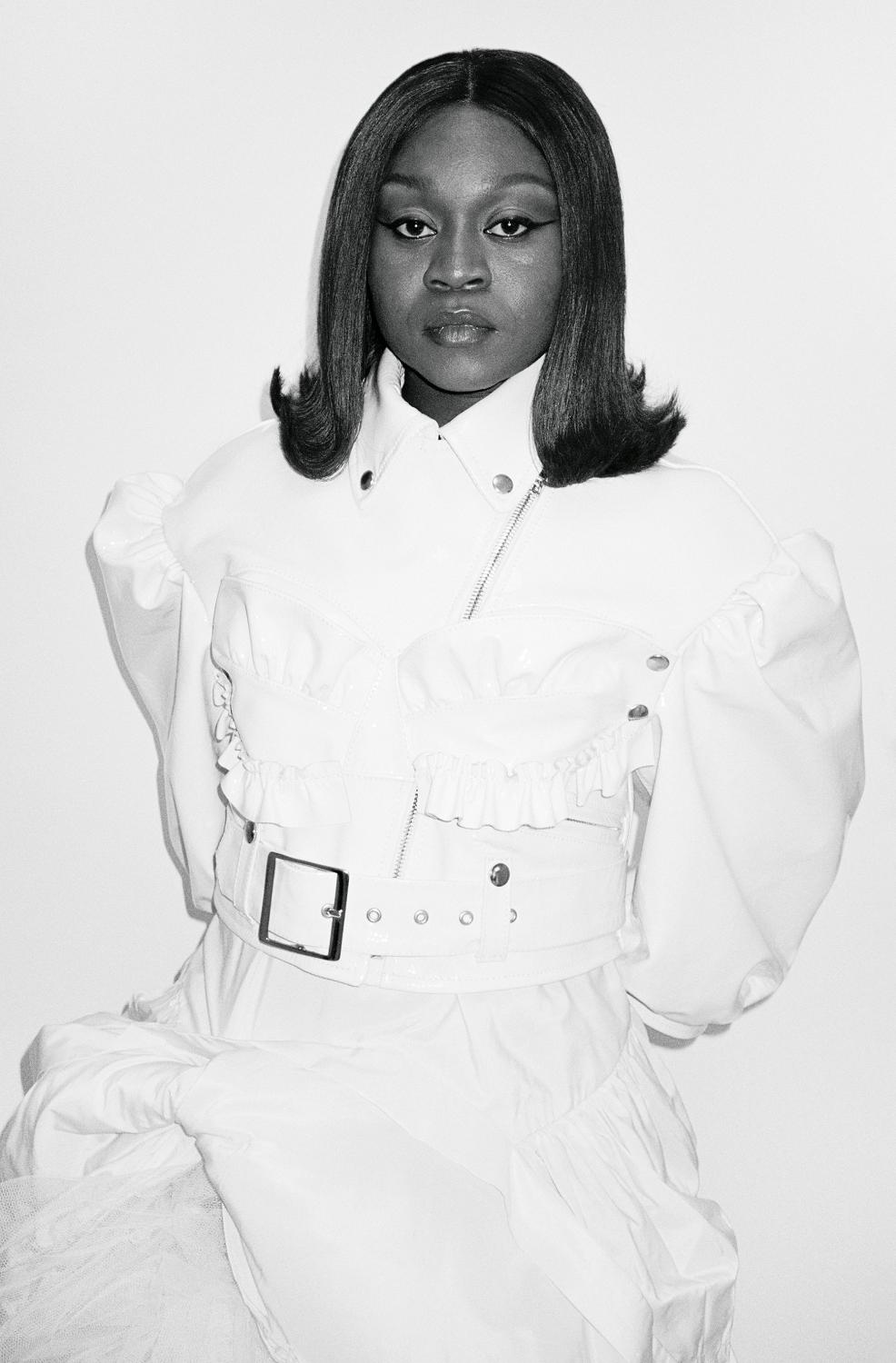
“I was obsessed with the power in songs to shock people into reaction and emotion.”
After Sampa finished her studies at Rainbow High School, her parents en-couraged her to find a profession, ideally “as an engineer or a UN ambassador”, instead of following a path into the industry. (It is, she tells me, rare in Zambia for music to be regarded as a full-time career.) But in 2010, after her final exams, her best friend, Judith Nabifo Mabonga, suggested that Sampa join her in America to study music for visual media at the Academy of Art University in San Francisco.
When I ask what she hoped to find there, Sampa cackles. “Oh, man! Gold! The land of milk and honey! I was so ready to blow! And it was completely not that. It was the opposite.” She was the only woman in her class, “and the only African woman at that.” She learned technical skills and cinematography but wasn’t that fussed about endless deconstructions of Hitchcock. “I learned it wasn’t just films I was interested in, it was people’s stories and people’s lives on a wider scale.”
It wasn’t just that the course didn’t inspire her; there were problems in daily life too. In San Francisco, Sampa experienced what she describes as “just racist encounters”. It was, she says, “culture shock in its realest and purest form to find out people’s view of your continent, your country, your people.”
After two years in San Francisco, Sampa moved to Los Angeles where she won a scholarship to finish her degree at Azusa Pacific University. In early 2013, after a brief stay back in Botswana, she joined her older sister, Jenala, who was in Sydney studying. The following year, at her parents’ insistence, Sampa enrolled at SAE Creative Media Institute to study audio engineering. As part of her course, she says, she would record other people performing and think, “I could do better than them,” though she was still “a bit scared to be an artist.”
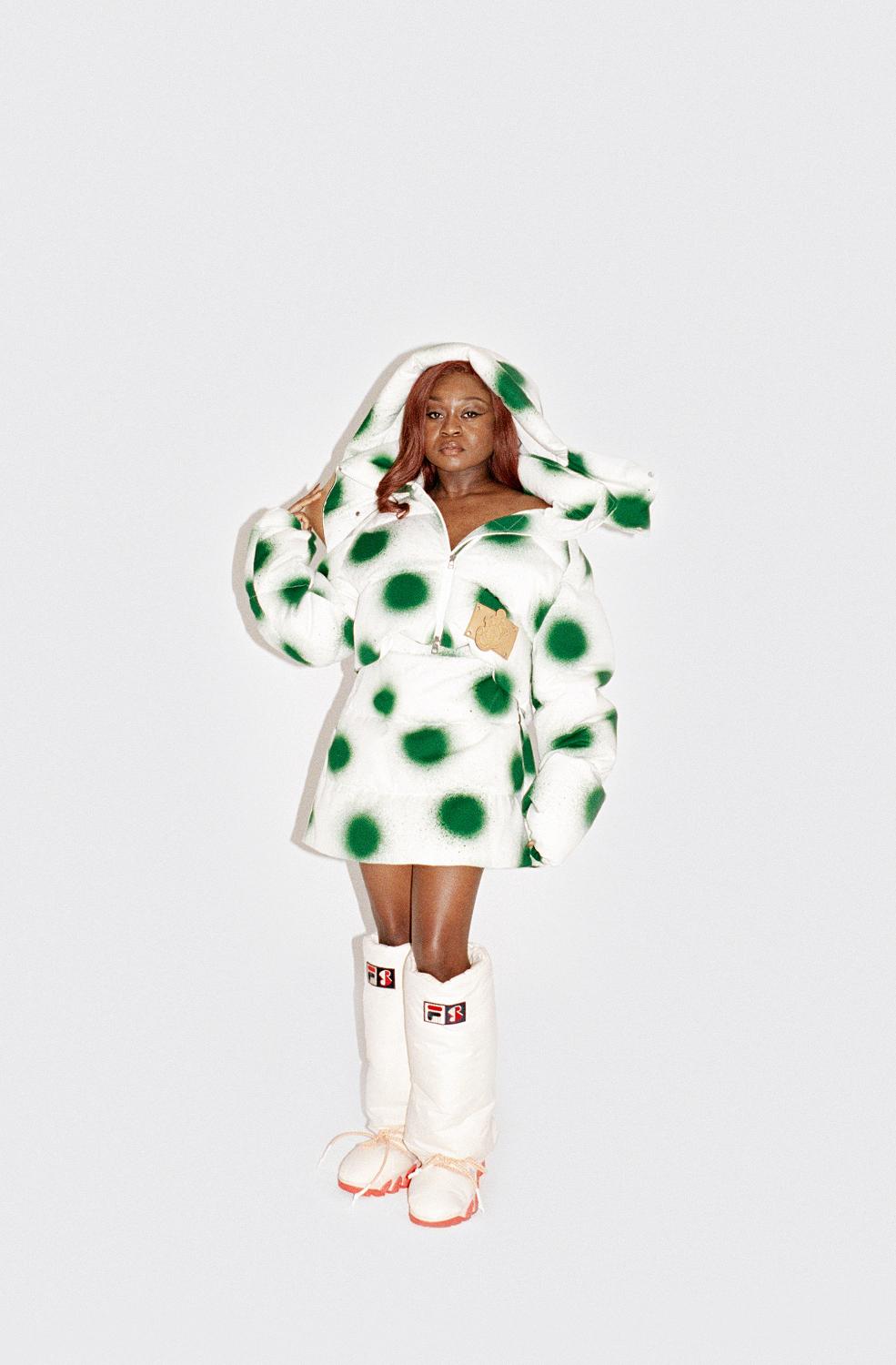
Sampa was photographed wearing items by LOEWE, 1 MONCLER JW ANDERSON, ROKSANDA X FILA, ROKSANDA, GIVENCHY, SIMONE ROCHA and STELLA McCARTNEY.
But eventually, Sampa tells me, these experiences pushed her into performing. She did open mic gigs at Sydney’s jazz and freestyle hip-hop venues and performed some of her poetry at the Foundry616 jazz club, at a night hosted by the producer Dave Rodriguez, aka Godriguez, a classically trained musician with a master’s degree in jazz. Impressed by her energy, he offered to create the beats while she did the rest. “It was the meeting of two people who have the same alignment when they put music out,” she said in 2017. “It just clicked.” A month later, Godriguez produced Sampa’s The Great Mixtape, an experimental 12-track fusion of hip-hop, soul, jazz, blues and R&B. “It was very eclectic working with him,” Sampa says. “We had so much range to play with in the studio. It was such a fun moment in my life.” This was also the moment when Sampa the Great came fully into being. “It’s an armour thing,” she explains of her title. “The Great is the greatest version of yourself, right? Something you constantly try to reach.”
Godriguez was, he has said, amazed by how quickly Sampa could improvise and hold the flow of her words when performing. Together they made tracks with softer R&B in their bones, unlike the tougher sounds Sampa had been creating on stage. This new sound swept from the vaporwave vibes of “Beatrice” to the atmospheric bass arpeggios of “F E M A L E” and featured both English and Bemba, her mother’s native tongue. Her sister Mwanjé says Sampa’s spontaneous style springs from the authenticity of her writing. “She puts life lessons and lived experiences into her music,” she tells me by email from Zambia. “Her songs resonate because they come from a real place. Her work is never about creating hits; her music speaks about universal truths.”
Sampa moved to Melbourne in 2016 after finishing her degree. “Melbourne’s the music city. I moved to sharpen my skills.” The Great Mixtape was followed by collaborations with the Melbourne rap duo Remi and, in 2017, by Birds and the Bee9, produced by Sensible J, Silentjay and Kwes Darko and featuring Estelle. It won the Australian Music Prize, the equivalent of the UK’s Mercury Prize, worth A$30,000. Kitty Empire, reviewing it in The Guardian, noted that in its nods to reggae, soul and jazz Birds and the Bee9 sounded close to Lauryn Hill. “The complex question of identity keeps cropping up,” Empire wrote. “‘How you supposed to be black down under?’ Sampa wonders on ‘Bye River’.”
Such questions became more urgent for Sampa when she started to release music and became the subject of press interviews and reviews. She considered herself to be a Zambian artist living in Australia, trying to represent the vibrant, multilingual culture she grew up in and fighting against the patronising stereotypes often used to depict and diminish her home continent.
But some critics failed altogether to acknowledge her African identity. “As my story started to grow in Australia, I was constantly being called Australian. I felt that I really had to defend Zambia and Zambian music and culture. The fact I was raised in Botswana and heard this music as I was being raised there fell to the wayside. I’d be, ‘Guys, I may be based here now, but I only came here to visit.’” Being an African artist in Australia also made her think about people who had settled in Australia and the struggles they had faced. Increasingly she felt a responsibility to tell the stories of the black diaspora, she says. “Having transferred from America to Australia, then fighting to be called Zambian… You know, it’s so much to carry.” But from these experiences came her debut album, The Return, described by Pitchfork as “a dynamic suite of a record, touching on multiple genres without losing focus.”
The Return continued her exploration of the question of belonging, playing with language and identity in infectious, immediate songs, many of them about displacement and the creativity and security to be found within. “The culture of rap is liberation music,” she said at the time, “and with that came an attitude. But as humans we have different facets of ourselves. Sometimes you want to talk about your heart, sometimes you want to talk about your spirit, sometimes you want to talk about your soul, sometimes you want to cry. I thought if I brought in my femininity to my music it would be considered weak, but it’s actually proven to be the opposite.”
The Return went on to win the Australian Music Prize in 2020, making Sampa the first artist ever to achieve such success twice. “The fact that I’m able to create my most vulnerable music and have it supported over the years has been amazing,” she said.
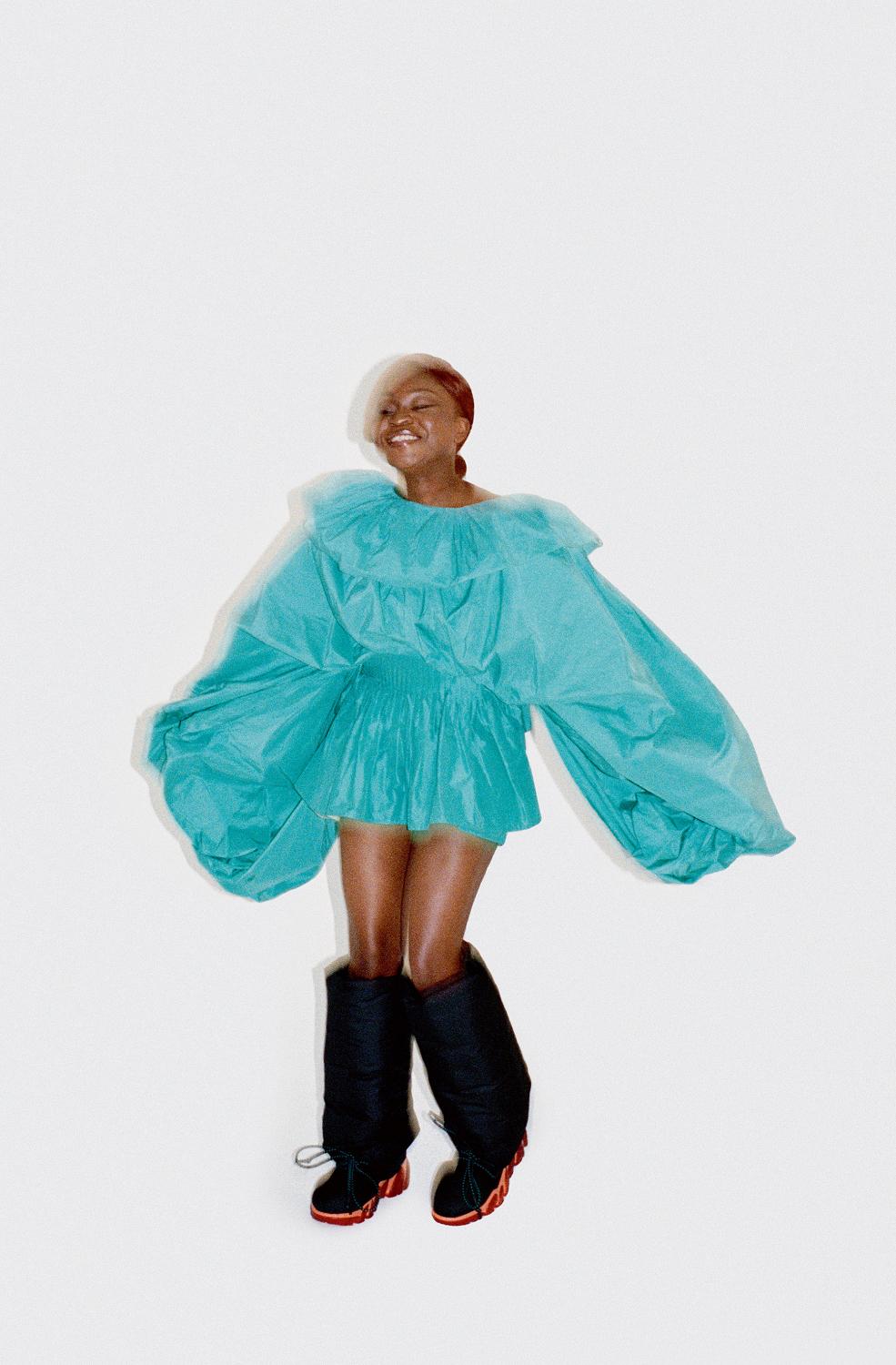
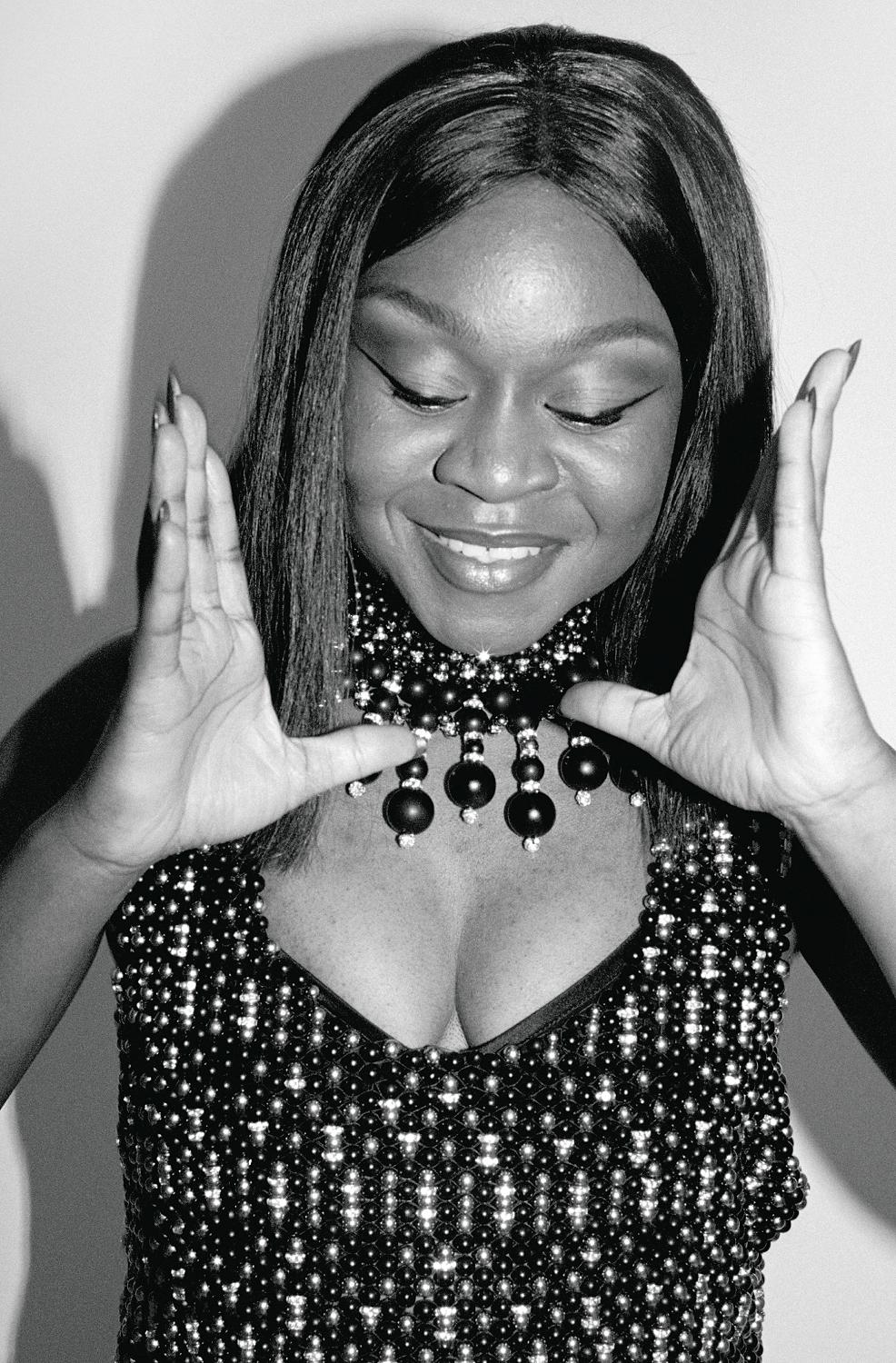
“I don’t want to try and fit into what a female rapper looks and sounds like.”
In early 2020, concern for her family in the pandemic made a return home immediately pressing. “I had to go home and complete my own story, to be my own ambassador,” Sampa says. She also felt that her friends in Botswana and Zambia kept seeing Sampa the Great as someone different to Sampa Tembo, and, she tells me, “I wanted there to be no difference between Sampa Tembo and Sampa the Great. For her to be one person.”
Zambia is the place where Sampa feels most rooted. She visited often as a child during the holidays and has fond memories of her grandmothers and aunts, who would wake at 3am to go to the market to sell food – “boss stuff”, as she calls it. She is based in Zambia now, living on her parents’ farm in Lusaka, which they bought for their retirement (they are still in Botswana). “It’s very green, with lots of trees and rivers around. It’s a good way for me to reconnect with where I’m from, and to breathe.”
As Above, So Below, released this month, reflects the growing influence on her of Zambia and its music. On the epic “Never Forget”, she celebrates the potential of her ancestry to expand her horizons. Bongos, timpani and handclaps acknowledge the Zambian musicians who went before her. (Sampa recently discovered that her cousin had been a member of one of the country’s foundational bands, Witch. “I wish I’d known that when I was younger,” she says, laughing. “It could have driven me on!”) In “Lo Rain”, a shimmering piece of classic 1970s-style soul, Sampa and Mwanjé sing beautifully together. The Bemba language is everywhere throughout.
For the album’s accompanying videos, Sampa collaborated with the South African artists Rochelle Nembhard and Imraan Christian, creating imagery that connects womanhood, origin stories and landscapes with ideas of primeval identity. These fly in the face of the usual harder, urban representations of women in hip-hop. “I don’t want to try and fit into what a female rapper looks and sounds like,” Sampa says with a shrug. “I just want to be me.” The title As Above, So Below is a reference to transparency, she says. “What you get on the outside with me is what’s happening on the inside, too. There are so many masks you can wear as an artist and so many ways of keeping up with the rest of the industry that you can lose the reason you started in the first place.”
“A friend of mine said over the pandemic, ‘You’ve got to work out who you are outside music. That is the key,’” Sampa says. “I realised I’m definitely a soul who loves human connection.” She feels truest to herself and to others when performing on stage. She is currently part-way through a world tour that kicked off in Philadelphia on 28 March. She returned to Australia for the first time since 2020; that segment of the tour, called An Afro Future, included two nights of visionary hip-hop at the Sydney Opera House with the artists KYE and C.Frim. “We connect through happiness,” she says. “We’re jumping, people are rapping back, but there are moments where things calm down and we’re talking about stuff that is deep, and there’s someone in the crowd crying, and I’m crying. Those moments, to me, are the most human ones.”
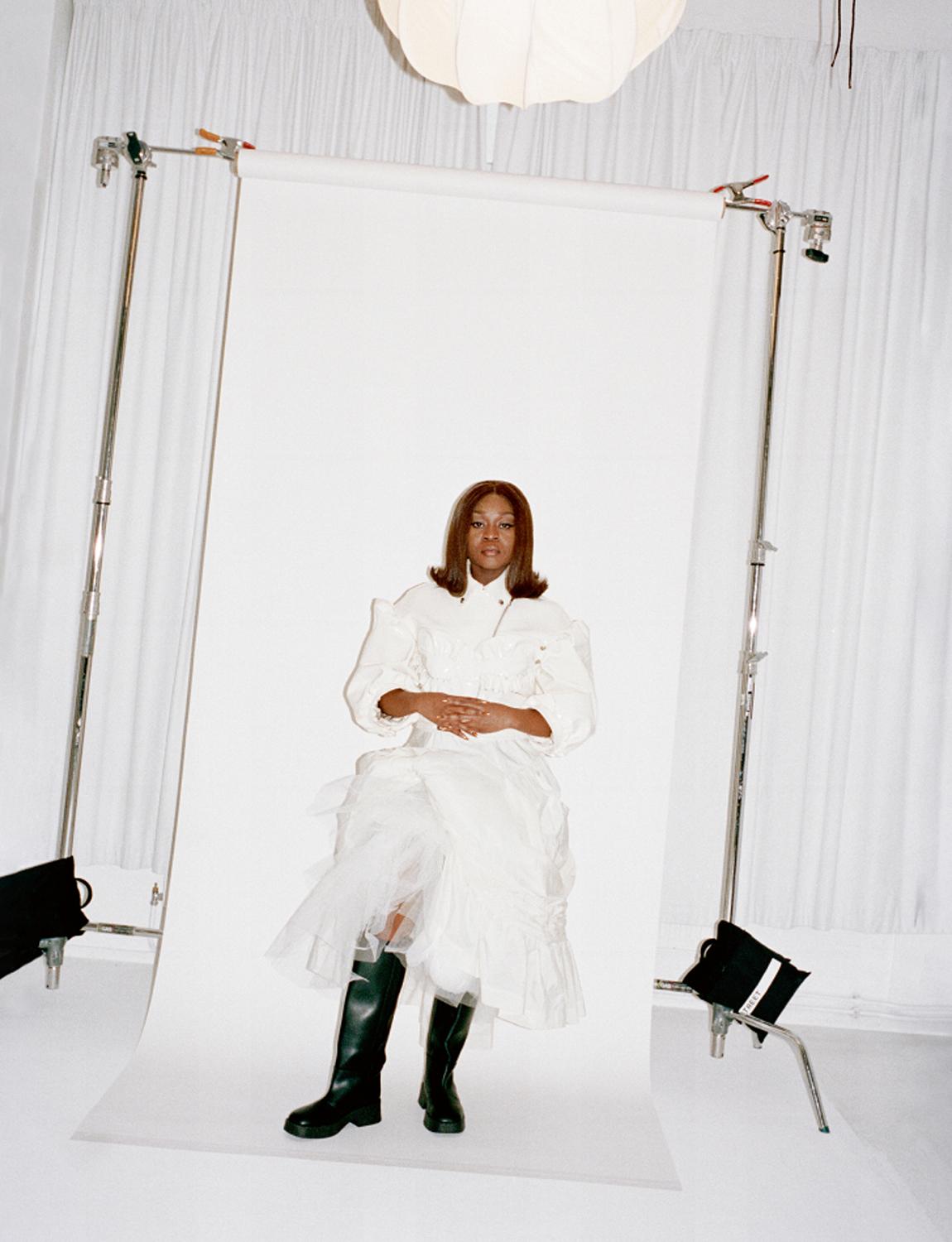
Jude RogersJude Rogers is a writer and broadcaster from Wales who regularly contributes to The Guardian, the Observer, Elle and New Statesman. She can also be found delivering pearls of wisdom about the music industry on BBC 5 Live and 6Music – she is a member of the judging panel…read more Portraits by
Anton GottlobAnton Gottlob – or to use his full name Anton Wilhelm Gottlob-Schoenenberg – is a London-based fashion and art photographer. Represented by Management + Artists, his client roster includes Gucci, Valentino and the magazines i-D and Replica.read more
Styling: Elizabeth Fraser Bell. Hair: Shamara Roper at Future Rep. Make-up: Bari Khalique. Manicure: Jessica Thompson at Eighteen Management. Photographic assistance: Federico Covarelli. Styling assistance: Frédéric Huether, Daisy Holland, Yassine Valerie Konan. Production: MA+ Talent.
This profile was originally published in The Gentlewoman nº 26, Autumn and Winter 2022.